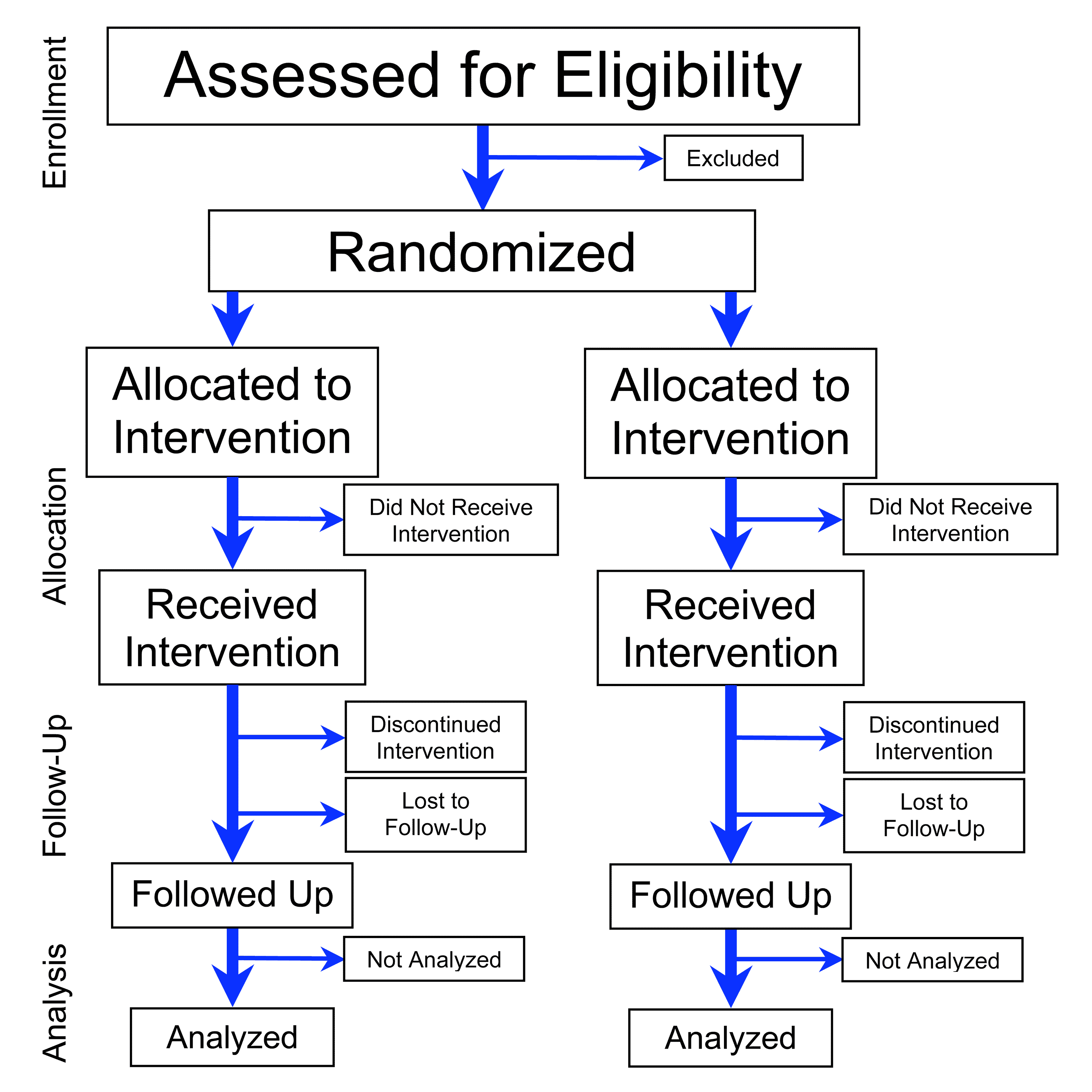|
Pipeline Planning
Pipeline planning is a social audit that incorporates stepped wedge cluster randomised controlled trials. From a listing of districts/communities as a sampling frame, individual entities (communities, towns, districts) are randomly assigned to waves of intervention. Measurement of the impact takes advantage of the delay occasioned by the reality that there are insufficient resources to implement everywhere at the same time. The impact in the first wave contrasts with the second wave, which in turn contrasts with a third wave, and so on until all have received the intervention. Provided care is taken to achieve reasonable balance in the random allocation of communities, towns or districts to the waves, the resulting analysis can be straightforward.Hussey MA, Hughes JP: Design and analysis of stepped wedge cluster randomized trials. Contemporary Clinical Trials 2007, 28(2):182-191. Use of high level epidemiology methods into roll out of new programs has multiple advantages, including ... [...More Info...] [...Related Items...] OR: [Wikipedia] [Google] [Baidu] |
Social Audit
The first Social Audit was carried out in Sweden (1985–88) by John Fry and Ulla Ressner, worklife researchers at the Centre for Swedish Working Life (Arbetslivscentrum) and published in Sweden in 1988 by Allmäna Förlaget, Stockholm (332 pp) under the title "Social Revision av ett Ämbetsverk". It was the result of a three-year study of Sweden's central bureaucracy – The National Labour Market Board (Arbetsförmedlingen). The study was based on interviews and questionnaires with over 1,000 employees at all levels of the organisation throughout the country and became the subject of debate in the Swedish Riksdag (Parliament). Its focus was to assess the correspondence between the work experiences of employees and management on the one hand, and the legislated and collectively agreed upon objectives for service, work environmental and managerial policies in its established definition of effectivity in the workplace. In short, it was an assessment of the institutionalisation of a ... [...More Info...] [...Related Items...] OR: [Wikipedia] [Google] [Baidu] |
Randomised Controlled Trials
A randomized controlled trial (or randomized control trial; RCT) is a form of scientific experiment used to control factors not under direct experimental control. Examples of RCTs are clinical trials that compare the effects of drugs, surgical techniques, medical devices, diagnostic procedures, diets or other medical treatments. Participants who enroll in RCTs differ from one another in known and unknown ways that can influence study outcomes, and yet cannot be directly controlled. By randomly allocating participants among compared treatments, an RCT enables ''statistical control'' over these influences. Provided it is designed well, conducted properly, and enrolls enough participants, an RCT may achieve sufficient control over these confounding factors to deliver a useful comparison of the treatments studied. Definition and examples An RCT in clinical research typically compares a proposed new treatment against an existing standard of care; these are then termed the 'experi ... [...More Info...] [...Related Items...] OR: [Wikipedia] [Google] [Baidu] |
Random Allocation
In this statistics, quality assurance, and survey methodology, sampling is the selection of a subset or a statistical sample (termed sample for short) of individuals from within a statistical population to estimate characteristics of the whole population. The subset is meant to reflect the whole population, and statisticians attempt to collect samples that are representative of the population. Sampling has lower costs and faster data collection compared to recording data from the entire population (in many cases, collecting the whole population is impossible, like getting sizes of all stars in the universe), and thus, it can provide insights in cases where it is infeasible to measure an entire population. Each observation measures one or more properties (such as weight, location, colour or mass) of independent objects or individuals. In survey sampling, weights can be applied to the data to adjust for the sample design, particularly in stratified sampling. Results from probabil ... [...More Info...] [...Related Items...] OR: [Wikipedia] [Google] [Baidu] |
Epidemiology
Epidemiology is the study and analysis of the distribution (who, when, and where), patterns and Risk factor (epidemiology), determinants of health and disease conditions in a defined population, and application of this knowledge to prevent diseases. It is a cornerstone of public health, and shapes policy decisions and evidence-based practice by identifying Risk factor (epidemiology), risk factors for disease and targets for preventive healthcare. Epidemiologists help with study design, collection, and statistical analysis of data, amend interpretation and dissemination of results (including peer review and occasional systematic review). Epidemiology has helped develop methodology used in clinical research, public health studies, and, to a lesser extent, basic research in the biological sciences. Major areas of epidemiological study include disease causation, transmission (medicine), transmission, outbreak investigation, disease surveillance, environmental epidemiology, forensic ... [...More Info...] [...Related Items...] OR: [Wikipedia] [Google] [Baidu] |
Evidence-based
Evidence-based practice is the idea that occupational practices ought to be based on scientific evidence. The movement towards evidence-based practices attempts to encourage and, in some instances, require professionals and other decision-makers to pay more attention to evidence to inform their decision-making. The goal of evidence-based practice is to eliminate unsound or outdated practices in favor of more-effective ones by shifting the basis for decision making from tradition, intuition, and unsystematic experience to firmly grounded scientific research. The proposal has been controversial, with some arguing that results may not specialize to individuals as well as traditional practices. Evidence-based practices have been gaining ground since the formal introduction of evidence-based medicine in 1992 and have spread to the allied health professions, education, management, law, public policy, architecture, and other fields. In light of studies showing problems in scientific re ... [...More Info...] [...Related Items...] OR: [Wikipedia] [Google] [Baidu] |


